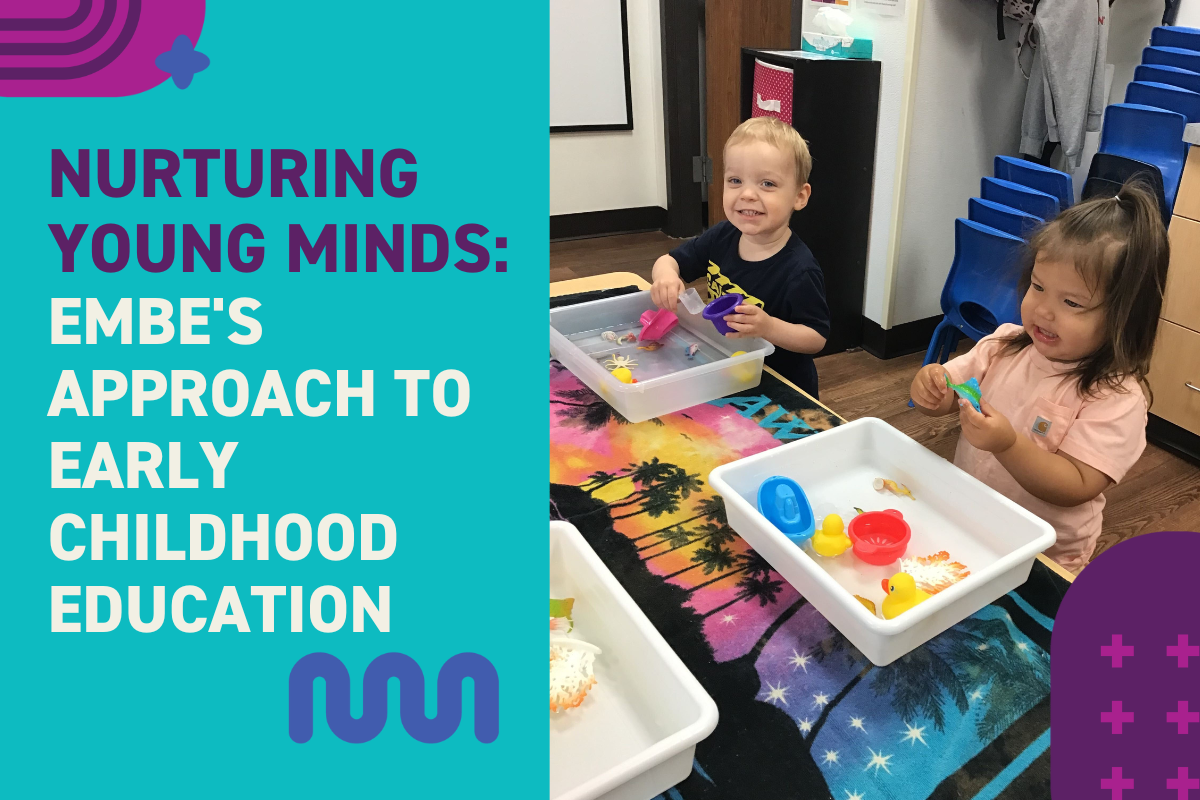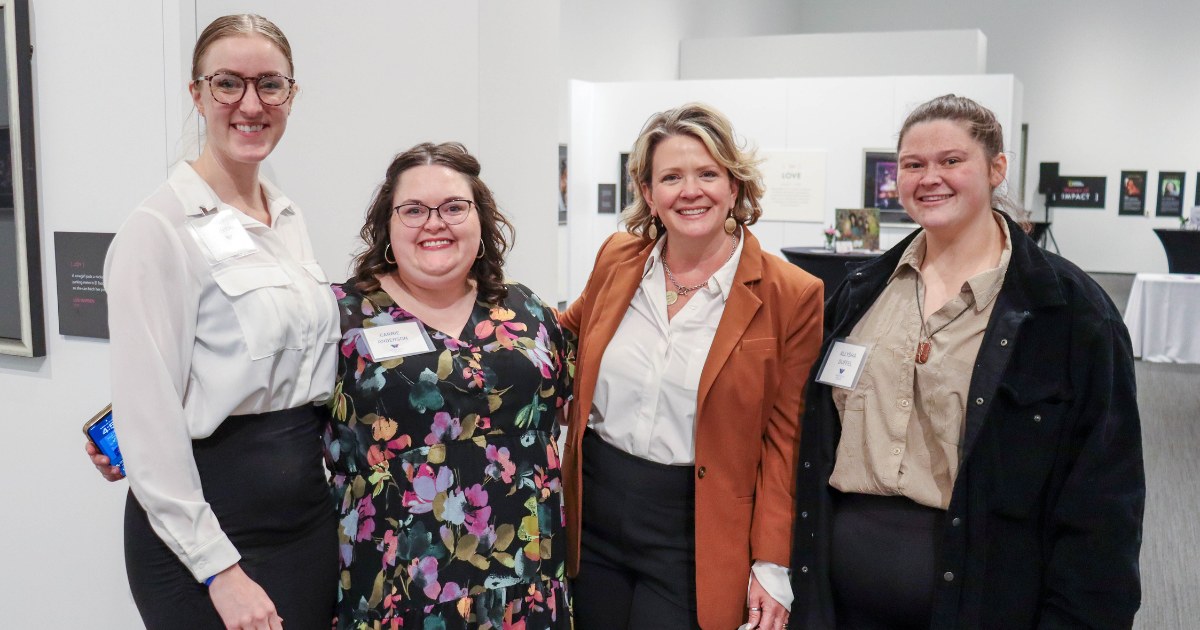For the final Sunday Story, we’re bringing you 100 fun facts about EmBe from our last 100 years!
The 1920s
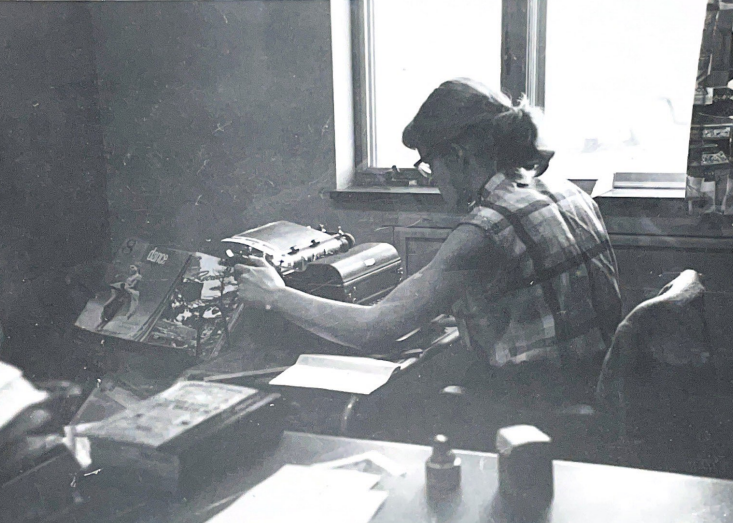
- YWCA founder, Mabel Crossman, owned the state’s largest chicken hatchery with her husband, even though she was terrified of chickens.
- The YWCA was one of the first organizations to offer Kittenball leagues for women. Kittenball is the original name for softball.
- The first Camp Tepeetonka was on Lake Madison.
- One of the original classes of the YWCA was a cheese-tasting class.
- The YWCA offered a special one-on-one English class for immigrants attempting to learn the language.
- President Calvin Coolidge visited the Sioux Falls YWCA during his trip to South Dakota in 1924
- The YWCA was one of the first places to offer typing classes for women in Sioux Falls.
- In 1928, the YWCA held the first Nationwide Banquet. YWCAs from around the world took part in this event. The dinner started at the exact same time for everyone. Whether in New York at 5:00 PM, in London at 11:00 PM, or in Moscow at Midnight, everyone started their dinner at precisely the same time.
- During the 1920s, flagpole sitting was a very popular hobby. People would sit on top of a flag pole for long periods and try not to fall off. The YWCA created a short pole outside their building so that children could partake in the fun without risking severe injury.
- Members of the Industrial club threw a party when Amelia Earhart touched down in Paris.
The 1930s
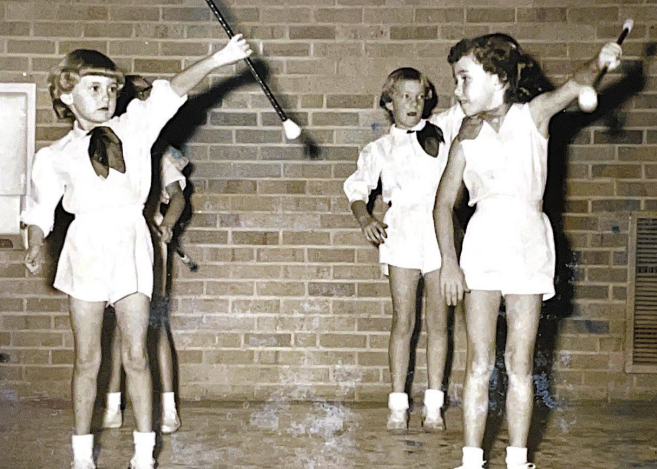
- In 1932 the Sioux Falls YWCA partnered with Kellogs. The YWCA would sell cereal and promote the brand, and in return, Kellogg would help fund a new summer camp.
- A popular hobby in the 1930s was baton twirling. The YWCA offered multiple classes for girls interested in learning the skill.
- The YWCA bowling team won championships for 8 consecutive years in the 1930s
- Roller skating class at the YWCA was one of the least popular classes offered in the 1930s.
- Camp Teepeetonka came to Sioux Falls in the 1930s.
- In 1932 the YWCA Business Girls’ club took a tour of all the telephone companies in Sioux Falls.
- The organization had a dog mascot named buck in 1934
- In 1939, the crown prince and princess of Norway visited the Sioux Falls YWCA during their national tour.
- In 1937, the YWCA offered a five-week tour of Europe with stops in Paris, Geneva, Italy, Germany, Belgium, England, and more. The trip cost $425 in total.
- The YWCA had a roller derby team for a brief period.
The 1940s
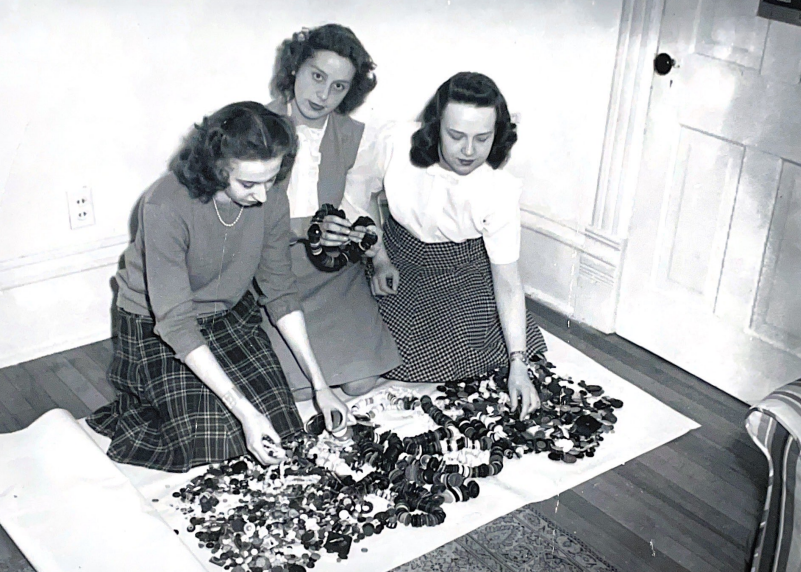
- In 1941, the YWCA raised 500$ in 5 days for a local mother who needed help after losing her house.
- Jolly Ranchers were the favorite snack of the residents in 1942
- Sometime in the 1940s, a local man stole a boat from Camp Tepeetonka. The campers adopted the role of detectives and tracked the case on trees throughout the camp.
- Campers of Camp Tepeetonka on Lake Madison were able to participate in a synchronized swimming class throughout their time at the camp. The dances always started with the women outside of the water so they could dive in.
- In 1945, the YWCA collected 45,000 buttons to be mailed to Holland and the West Indies.
- The organization had a tradition of wearing witch masks on Halloween day. The members kept the masks on until sunset.
- The building plans for EmBe’s current location were finalized in 1945.
- The History Club took a trip around the state in 1949, where they visited the capitol, Mount Rushmore, and other sites.
- A doll festival was hosted in 1949.
- In 1949, the YWCA welcomed the new decade with a new years celebration themed around the number 50.
The 1950s
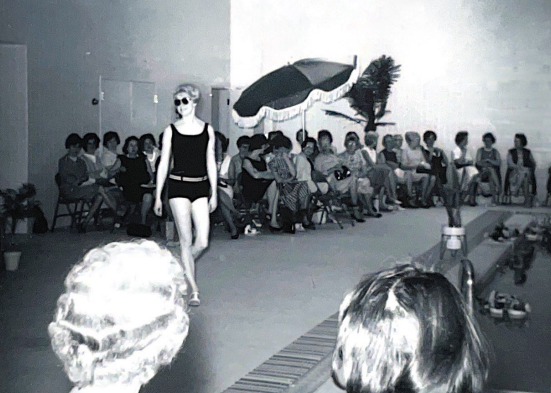
- The YWCA hosted many fashion shows in the 50s. One of these was the “Vacation Fun Show”– a fashion show highlighting the swimsuit styles of the year.
- The organization moved from a house to our current building in 1952.
- In 1953, 20 girls attended a five-week course on sewing. The final project was a checkered-patterned apron.
- The YWCA worked closely with villages in Africa as they attempted to become independent. Delegates would be sent to teach the women about leadership, resources, and independence. Two Sioux Falls women participated in this program.
- One of the classes featured on the 1954 class roster was “birdhouses 1.”
- The organization had an open-coffee policy where anyone could come into the building and grab a cup of coffee for free.
- Most YWCA fashion shows in the 1950s ended with a lineup of all the girls completing a synchronized turn and curtsy.
- The 1956 board of directors had a tradition of bringing green apples and sweet corn to their meetings.
- From 1957 to 1959, the YWCA hosted a mother-daughter tea monthly.
- A support group for soldiers’ wives was created in 1958 to provide a space for women to discuss their fears for their husbands away at war.
The 1960s
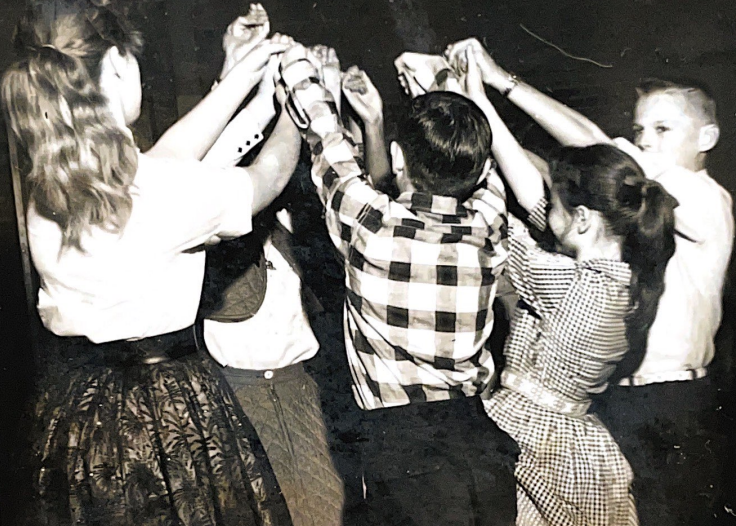
- In 1961, the kid’s square dancing course was so popular that the YWCA had to make five different sections of the class.
- The first women’s karate class in the Sioux Falls area was held at the YWCA.
- Multiple hat-making classes took place in the 1960s. Some of the topics included berets, flowers, and bonnets.
- In 1963, there was a club dedicated to buying, decorating, and styling furniture.
- The girls staying at the YWCA in the 1960s liked to play a game where they balanced on one leg and tried to keep standing straight up. This inspired a trend to pose for pictures with one leg raised in the air.
- The organization taught many languages, but French was the most popular language.
- The YWCA hosted a program through the 1960s that helped middle school girls feel comfortable in their bodies.
- Pillow fights used to be an actual problem for the residents. The girls would get too rowdy, and the fights would need to be broken up due to noise complaints.
- The YWCA’s lobby fish tank was shattered in 1968; the receptionist was able to save the fish, but, for a couple of weeks, the fish lived in a coffee pot on the desk.
- Around 60-80 girls lived in the building at a time.
The 1970s
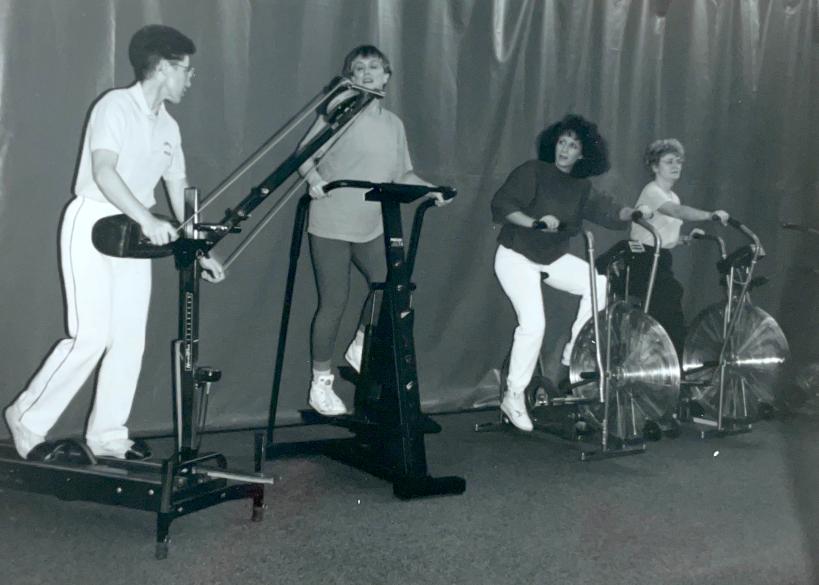
- Shirley Halleen was the first person to bring exercise and aerobics to the organization.
- Ten Sioux Falls girls were sent to the national convention to participate in the silent protest for Native Americans at the Wounded Knee Reservation in North Carolina.
- In 1970, the YWCA Sioux Falls had 5000 members.
- The Girl Reserves Club of 1973 painted the front desk wall with daisies to support the women’s rights movement.
- The organization often hosted free babysitting services.
- Some fall programs in the 1970s included pumpkin smashing.
- On average, 300 volunteers served with the YWCA each year.
- In 1976, the YWCA hosted a membership drive titled “Make the Wheels Turn.” This event included a line of stationary bikes that people could pedal on to earn money from sponsors.
- During the entire year of 1978, the YWCA gave away free hug coupons for its members and employees.
- On one craft day at the YWCA, a member was bitten by a squirrel that was eating from her homemade bird feeder.
The 1980s
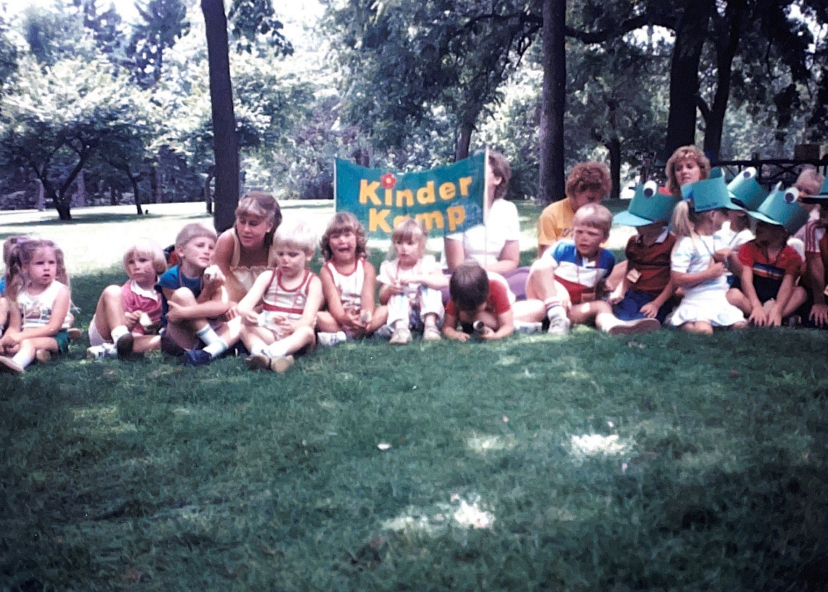
- In 1980, the YWCA held the first women’s only race in Sioux Falls. Over 125 women competed.
- Dorothy Larson began swimming at the Y in 1955; however, she only kept track of her miles starting in 1980. She swam a mile every morning except Sundays until she physically couldn’t anymore. From 1980-2007 she swam almost 8,000 miles. She died in 2019.
- Sometime in the 1980s, the YWCA held a fashion show for children, specifically showcasing wedding dresses and tuxedos.
- KinderKamp took place for a couple of continuous summers in the 1980s. Children would spend the day doing physical work and educational activities. The camp would eventually inspire kinder-college.
- Racquetball was very popular in the 1980s. Sometimes, the director had to create schedules so everyone could have a turn to use the courts.
- Aerobics was by far the most popular class taken in the 1980s at the YWCA. Most classes were full a couple of days after registration opened.
- By 1985, more than 100,000 women and families had found shelter and counseling in the YWCA Battered Women’s Shelter.
- Some of the classes offered in 1987 were money management, personal development, mah-jong, antiques, fabric flowers, bread dough ornaments, Middle Eastern cooking, and ballroom dancing.
- In 1987, the YWCA rebranded itself to better fit the needs of modern women. They hosted surveys to discover what clubs and classes the members wanted and created their roster based on that.
- The YWCA hosted a class on the various holidays, their histories, and how to decorate for them.
The 1990s
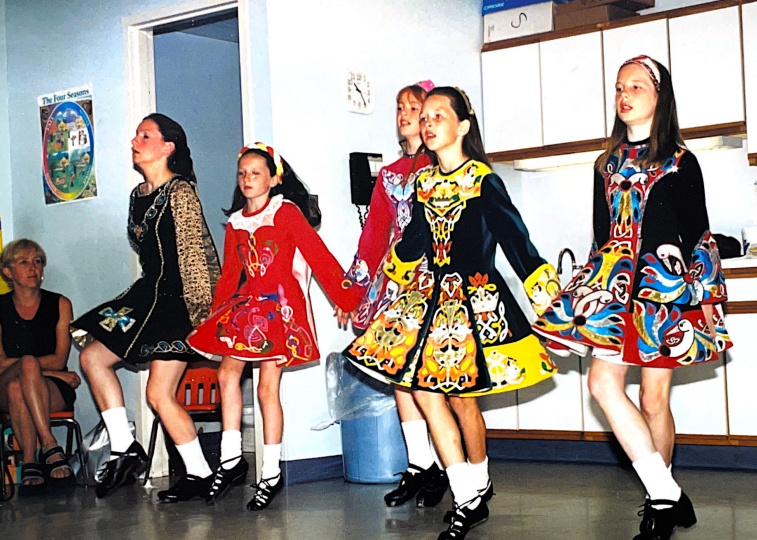
- The director of the YWCA wanted the main focus of the 1990s to be childcare.
- Multiple times in the 1990s, the YWCA hosted “banana sleepovers” where girls aged 8-12 could enjoy a banana-themed night of activities.
- In 1992, a no-shoes rule was implemented in the infants’ room. This was done so the babies crawling around wouldn’t pick up anything gross from the adults’ shoes.
- A popular class in the 1990s was low-impact aerobics for older women and young kids.
- The YWCA offered kids cooking classes where children could make food such as spaghetti, meatloaf, and pizza.
- For a short time, a barbershop quartet was hired to play in the lobby of the YWCA.
- The theme of the 1996 spring fling was “night at the circus.”
- The first watermelon festival of the YWCA took place in August 1999.
- In 1999, Irish dancers came to perform for summer camps and classes.
- Many swimmers did photoshoots at the YWCA pool for their senior pictures.
The 2000s
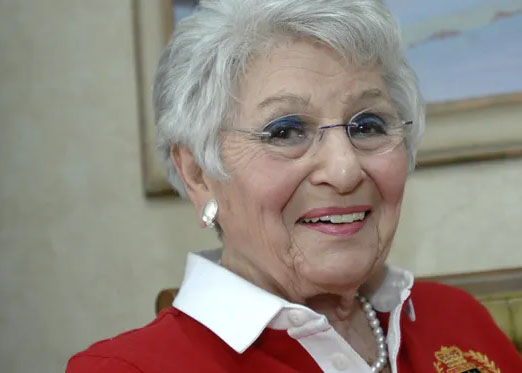
- The 2002 Leader Luncheon Award had 45 nominations from the community.
- The YWCA in Cedar Rapids, Iowa, was the first in the area to break ties with the national organization.
- In 2003, the YWCA hosted Heart Plus Day– a day in which anyone could use the gym for free, learn about women’s health, or learn about heart disease prevention.
- The YWCA provided free meals during the summer for children under 18.
- In 2006, the YWCA hosted Explore the Area Camp, where girls visited Pipestone National Monument, Devil’s Gulch, and more.
- EmBe’s south location began construction in 2006.
- In 2007, the YWCA joined forces with Avera. The downtown location’s name was changed to YWCA Avera, and the south building’s name was changed to YWCA Avera for All Ages.
- The YWCA played a large role in deciding whether Drake would have an indoor or an outdoor pool.
- Founded by Sylvia Henkin, the annual “Leader Luncheon” was transformed into “Tribute to Women” in 2008.
- KinderCollege was started in 2009– an elite preschool class that incorporates life-skill activities. This program is still running today!
The 2010s and 2020s
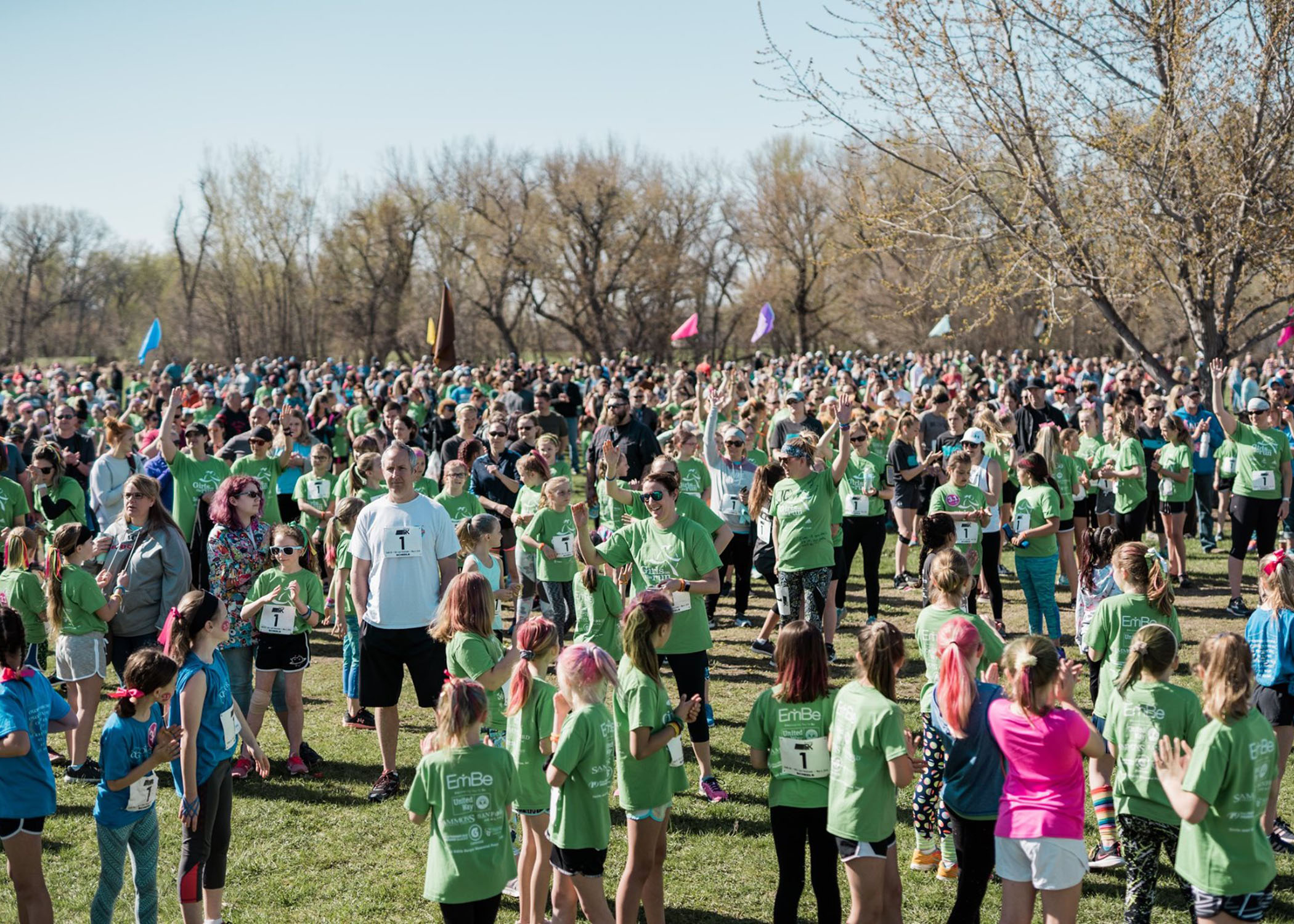
- In 2011, the YWCA south building was the largest childcare center in the state.
- The Sioux Falls YWCA transitioned to EmBe in 2013.
- Camp Changemaker was originally inspired by a 12-year-old girl from Harrisburg North Middle School.
- Since its beginning, the Girls on the Run program has impacted 15,000 girls state-wide.
- Spanish immersion preschool was first started in August 2012.
- In 2014, Olympic gold medalist Ed Moses hosted a swim camp at EmBe’s downtown location.
- In 2015, four-time Olympic silver medalist Kara Lynn Joyce hosted a swim camp at EmBe’s downtown location.
- EmBe is looking to expand to more communities.
- In three days, Stephanie Land will join us at the Washington Pavilion to celebrate the anniversary of our organization.
- Tickets for our 100th anniversary night of celebration are available now!
Read EmBe’s latest news
Read EmBe’s latest news
Finding Quality Childcare Amidst Uncertainty: The Van Der Sloot’s Story
For the Van Der Sloot family, being confronted with [...]
Nurturing Young Minds: EmBe’s Approach to Early Childhood Education
At EmBe, we believe in every child's extraordinary potential [...]
Character Development That Lasts a Lifetime
The future is now, and we are shaping it [...]


